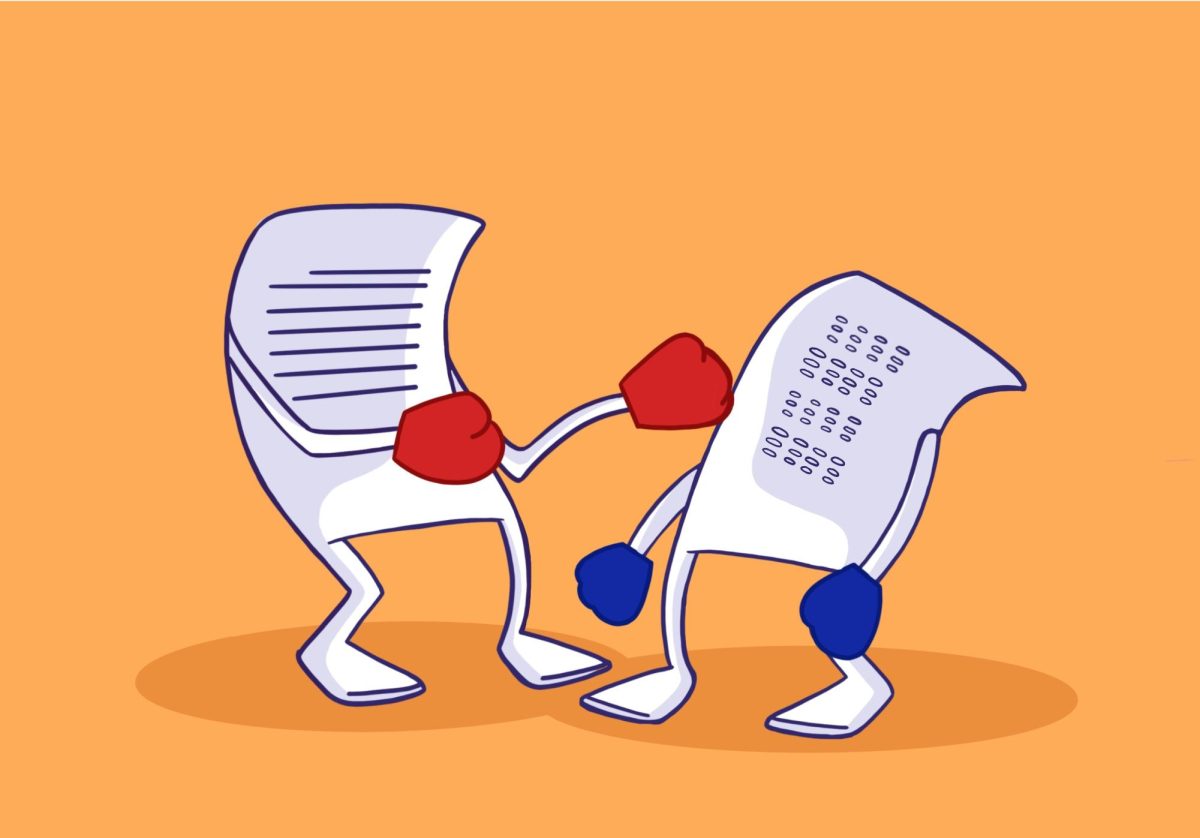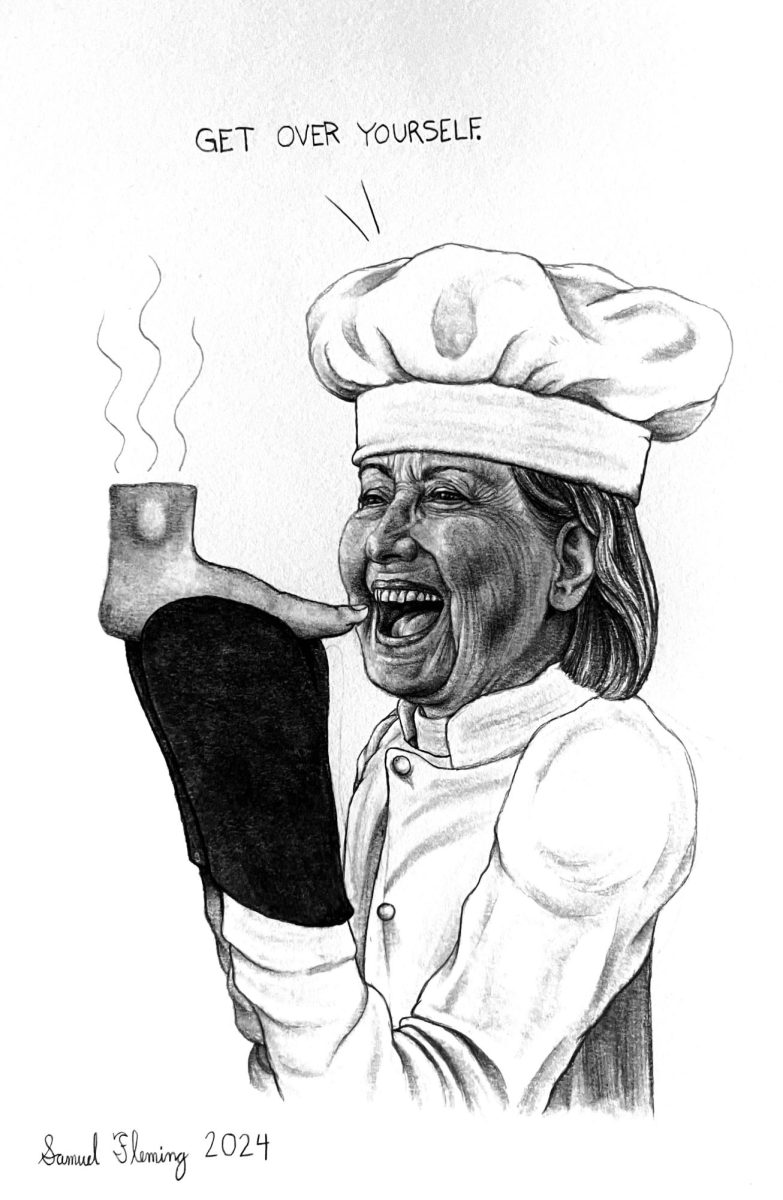A New Orleans Saints cheerleader, Bailey Davis, was fired for uploading to Instagram what the organization considered too revealing of a photo. If you care to look up the photo and compare the immodest nature of her attire to her cheerleading uniform, you may perceive a negligible difference. Perhaps I’m too far removed from the football scene, but Norman Rockwell’s well-covered cheerleaders seem to have given way to sparkly bras, pseudo-skirts and not much in between. What this indicates is that Davis’ employer considers itself entitled to govern her dress on the job, which is expected, but also her personal dress, which most certainly is not.
In an important respect, here is where Davis and her colleagues find themselves in a catch-22. Davis’ Instagram upload was a way for her to advance her career in dance, where cheerleading can be a stepping stone. But if cheerleaders aren’t allowed to market themselves or their portfolios in a way that’s necessary for their particular field, then this restriction plus the four-year limit on their time with the Saints directly jeopardizes their careers — and their incomes.
At the mention of income, the floodgates can open to the newly publicized ills by NFL teams against their cheerleaders. Teams issue patronizing, denigrating handbooks and rules for their female cheerleaders, and have them pay for their own transportation, makeup and stylist appointments and uniforms. Teams prohibit their cheerleaders from contact with the players on the team that they cheer for, under the pretense of “protection from predators.” This translates to the cheerleaders remaining constantly on their toes, leaving a restaurant when a player walks in and assuming responsibility to prevent contact if a player pursues them in person or follows them on social media. There are plenty of more invasive rules that dictate the minutiae of cheerleaders’ lives — which I highly recommend you read about — before we broach the topic of pay. (The Buffalo Jills’ handbook is a gold mine.)
In April of 2014, five Jills filed a lawsuit against the Bills and the NFL for, among other violations, remaining unpaid for hundreds of hours of game-day cheering, practice and outreach events. Other teams have managed to pay their cheerleaders, though it’s still an embarrassment. Most teams set a flat rate per game—and at the higher end of the range for that rate, the 49ers’ Gold Rush Girls are paid $125 per game, so $1,250 per season, or finally $2.75 per hour. While cheerleaders — roughly 35 per squad— receive a fraction of any given minimum wage, the lowest annual NFL player salary of the 2017-18 season was $2.07 million.
All of this matters because, frankly, cheerleaders are people too. Even concession stand workers make several times more than the cheerleaders’ hourly wage. If so many cheerleaders have stayed this long with so little pay and sickening harassment from drunk fans, there must be some reason that proves to them that they simply cannot advocate for themselves. In an industry that produced Ray Rice and others like him, a culture of female fear and silence is not altogether surprising.
Football players take home exorbitant salaries; how much would it hurt to redirect some of their pay to provide a living wage for cheerleaders? Why has the NFL lasted this long with such an attitude toward women? Do the fans, the ultimate deciding factor, care?
Fans, keep loving the game. But also know what happens on the sidelines.



















